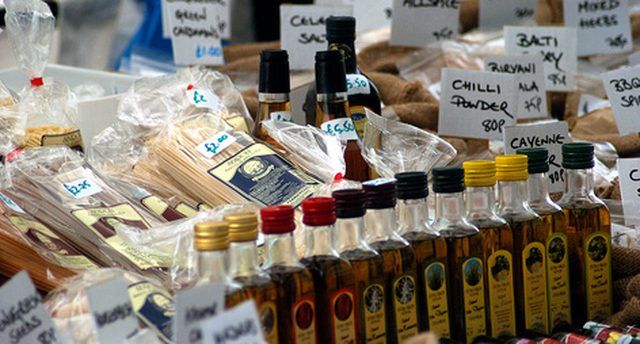Bulbs
Flower Basics
Flower Beds & Specialty Gardens
Flower Garden
Garden Furniture
Garden Gnomes
Garden Seeds
Garden Sheds
Garden Statues
Garden Tools & Supplies
Gardening Basics
Green & Organic
Groundcovers & Vines
Growing Annuals
Growing Basil
Growing Beans
Growing Berries
Growing Blueberries
Growing Cactus
Growing Corn
Growing Cotton
Growing Edibles
Growing Flowers
Growing Garlic
Growing Grapes
Growing Grass
Growing Herbs
Growing Jasmine
Growing Mint
Growing Mushrooms
Orchids
Growing Peanuts
Growing Perennials
Growing Plants
Growing Rosemary
Growing Roses
Growing Strawberries
Growing Sunflowers
Growing Thyme
Growing Tomatoes
Growing Tulips
Growing Vegetables
Herb Basics
Herb Garden
Indoor Growing
Landscaping Basics
Landscaping Patios
Landscaping Plants
Landscaping Shrubs
Landscaping Trees
Landscaping Walks & Pathways
Lawn Basics
Lawn Maintenance
Lawn Mowers
Lawn Ornaments
Lawn Planting
Lawn Tools
Outdoor Growing
Overall Landscape Planning
Pests, Weeds & Problems
Plant Basics
Rock Garden
Rose Garden
Shrubs
Soil
Specialty Gardens
Trees
Vegetable Garden
Yard Maintenance
Rosemary Vs. Thyme
Rosemary Vs. Thyme. Rosemary (Rosmarinus officinalis), also known as sea dew, and thyme (Thymus vulgaris), also known as common thyme, are both plants belonging to the Labitae family. They have similar and diverging uses in cuisine and herbal medicine.

Rosemary (Rosmarinus officinalis), also known as sea dew, and thyme (Thymus vulgaris), also known as common thyme, are both plants belonging to the Labitae family. They have similar and diverging uses in cuisine and herbal medicine.
Features
Rosemary is an evergreen shrub that is native to southern Europe. It has leaves shaped like needles that are green on top and silver gray on the bottom, and blooms of light blue flowers.
Thyme is a low-growing sub-shrub or woody perennial herb. It has woody, white and velvety stems, pointed aromatic gray green leaves and light purple to pink or white flowers. It is also a native to southern Europe.
Rosemary Usage
Rosemary is used as a savory spice for meat and soup, perfume ingredient and in herbal medicine. In herbal medicine, it is used in dandruff shampoos as well as dark hair conditioners. Its leaves are believed to stimulate circulation and digestion and to be an antiseptic and antioxidant. Rosemary is also used for memory enhancement.
Rosemary is also used for its oil made from flower tops. This oil is considered to be antibacterial and antifungal and is also thought to be a circulation and central nervous system stimulator.
Thyme Uses
Like rosemary, thyme is used as a spice, as a perfume ingredient and in alternative medicine as a digestive aid. Thyme is also used for improving the immune system.
Like rosemary, thyme is used for its oil. However, thyme oil comes from both its leaves and flower tops, and is used for acne, respiratory problems including coughs, muscle pain, depression and colds.
Other Usage
Rosemary and thyme are both used as spices in savory food and as scent ingredients in perfume. Rosemary is used in Italian cuisine, pork, shellfish and rabbit, while thyme is used in stews, soups and Benedictine liquor.